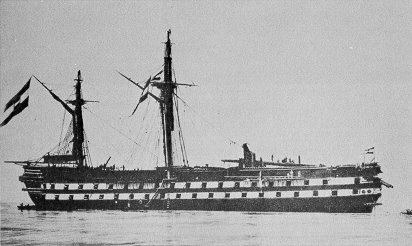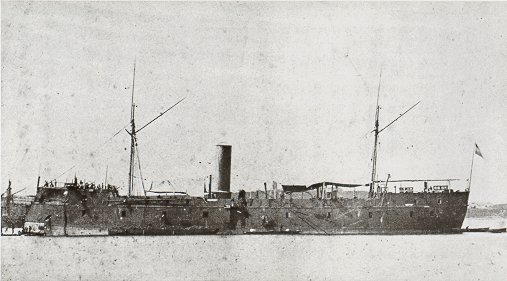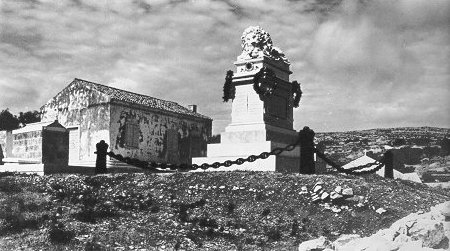

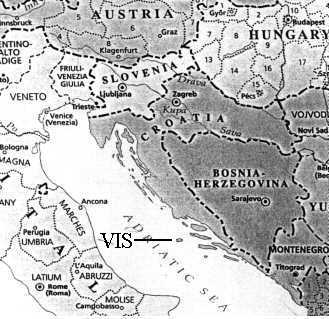
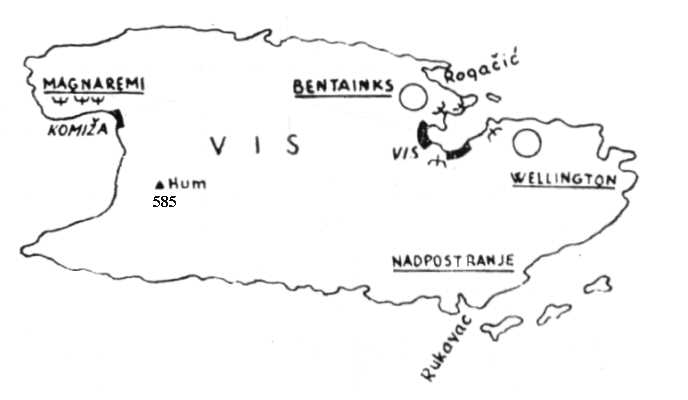


| Fleets | Ironclads | Guns aboard ironclads | Large wooden ships | Guns aboard large wooden ships | Smaller wooden ships | Guns aboard smaller wooden ships | Total ships | Total guns | Sailors |
| Austrian | 7 | 176 | 7 | 304 | 12 | 52 | 26 | 532 | 7,871 |
| Italian | 12 | 243 | 11 | 382 | 5 | 16 | 28 | 641 | 10,886 |

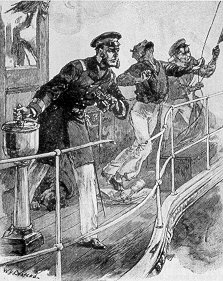
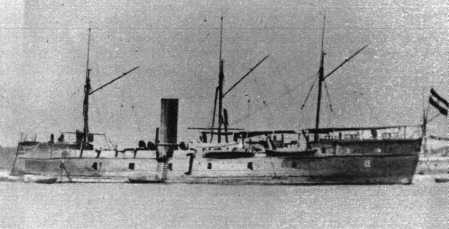
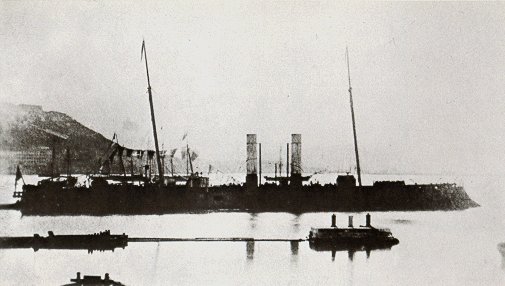
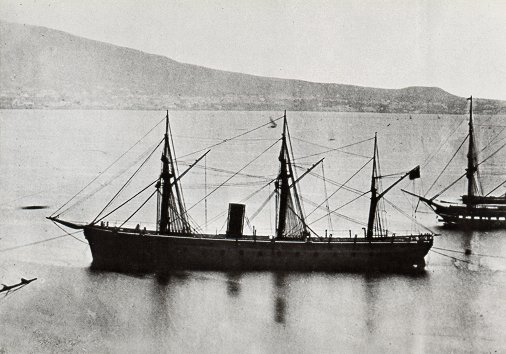

| Fleets | Ships sunk | Ships severely damaged | Casualties |
| Italian | 2 ironclads | 1 ironclad | 643 sailors |
| Austrian | 0 | 1 line-of-battle ship | 38 sailors |
